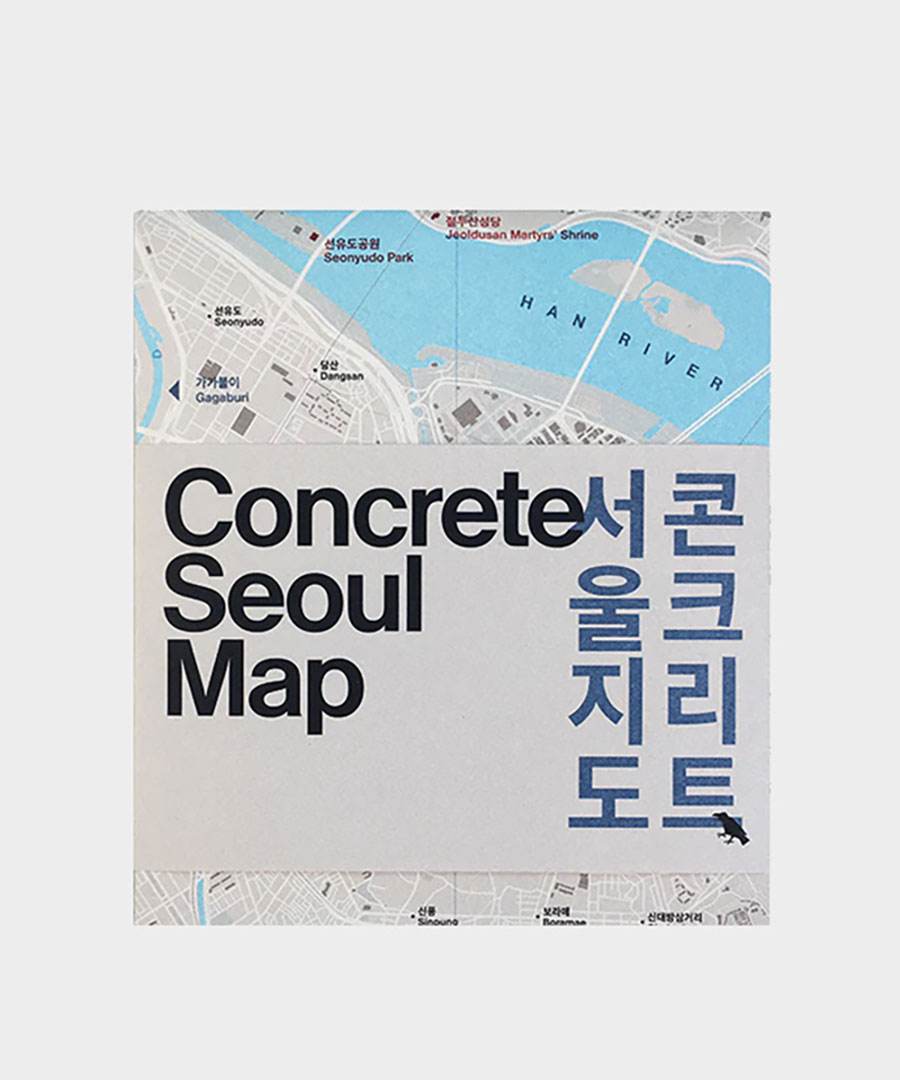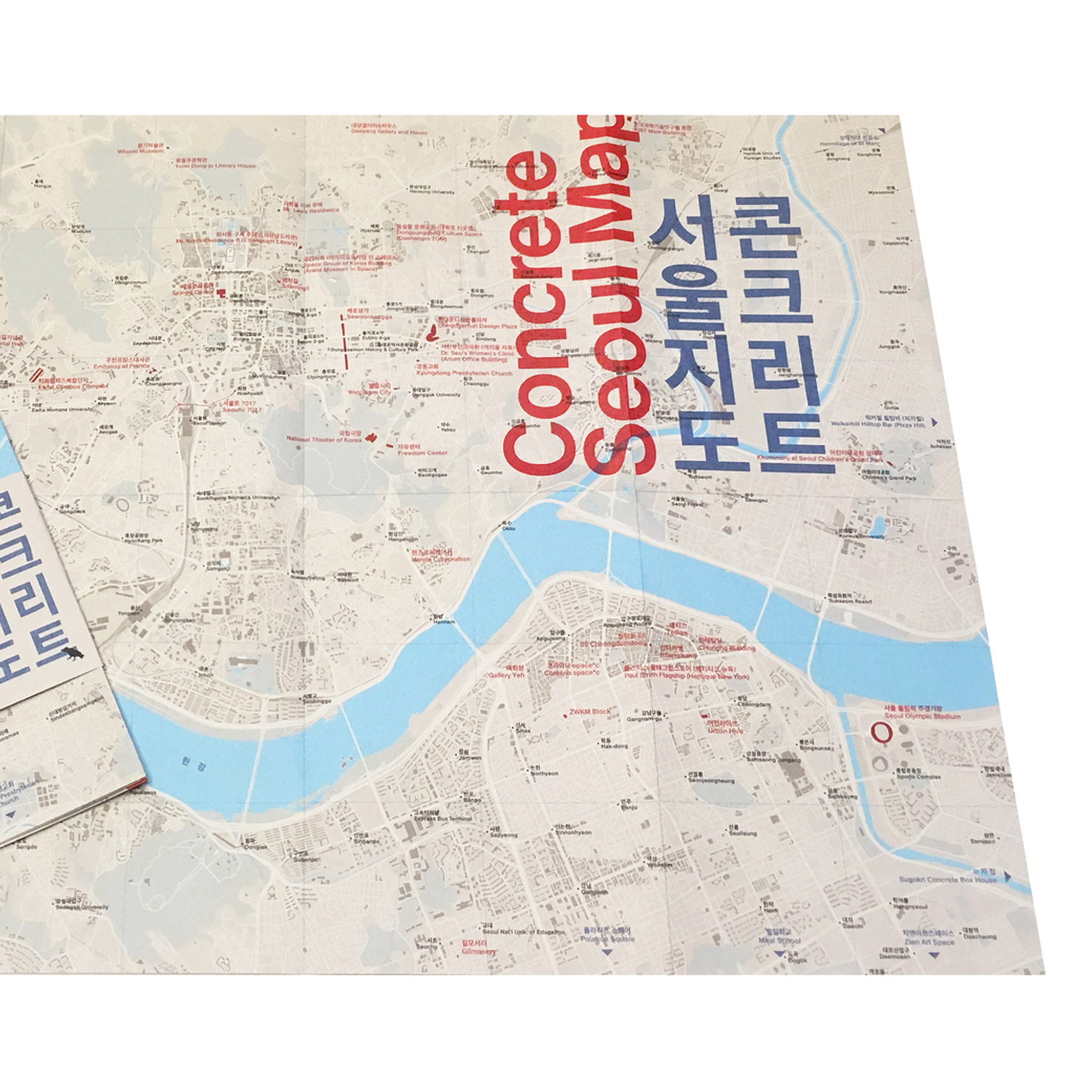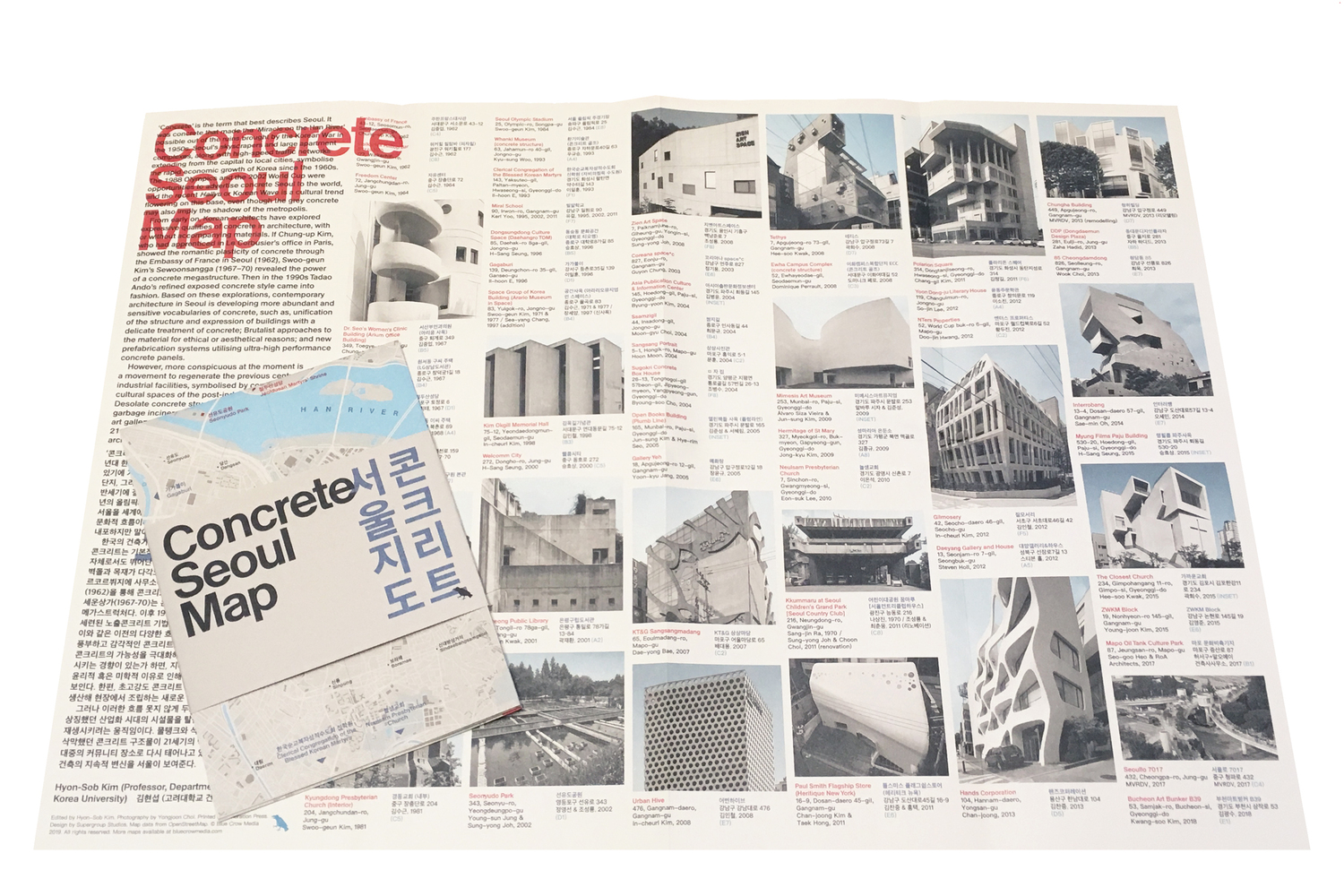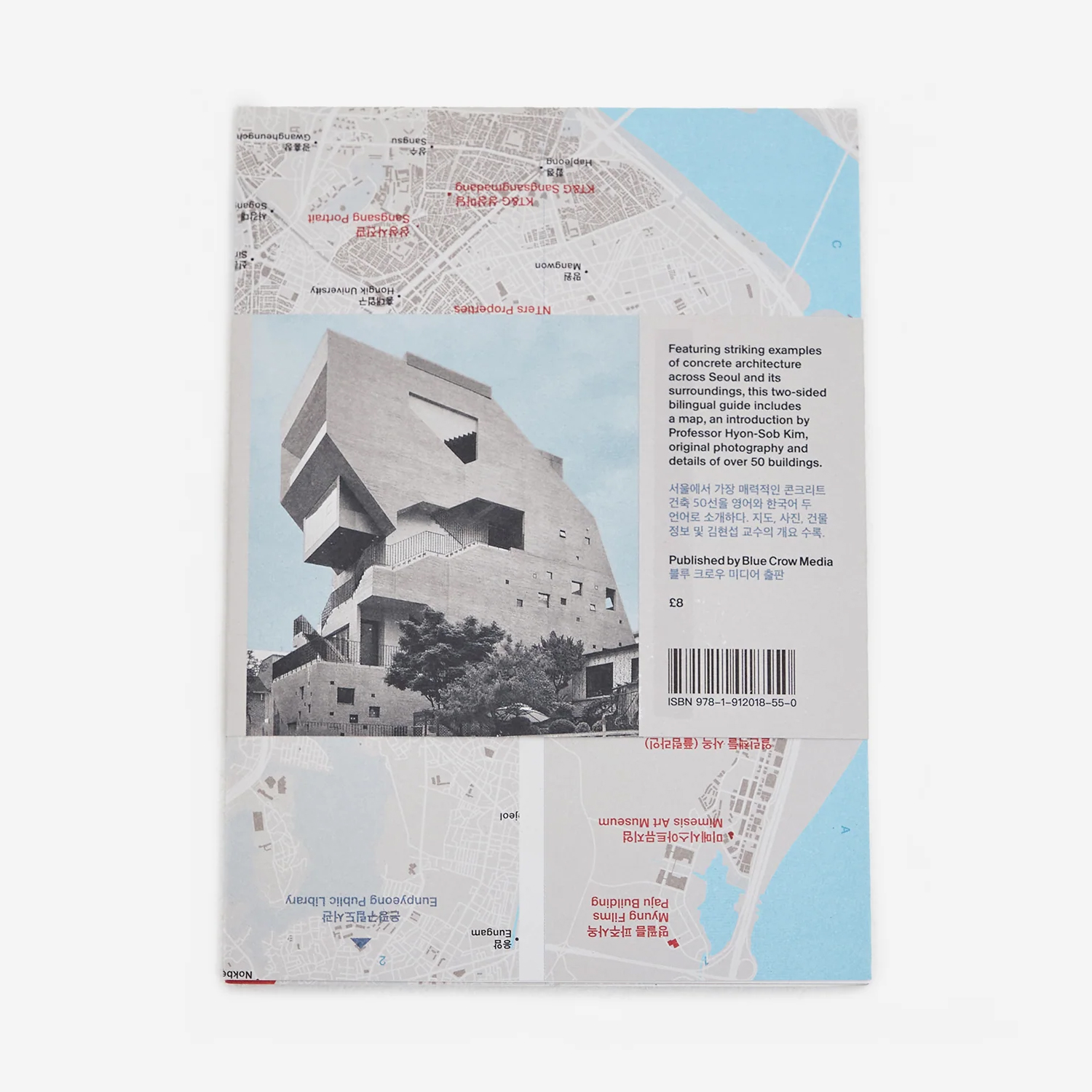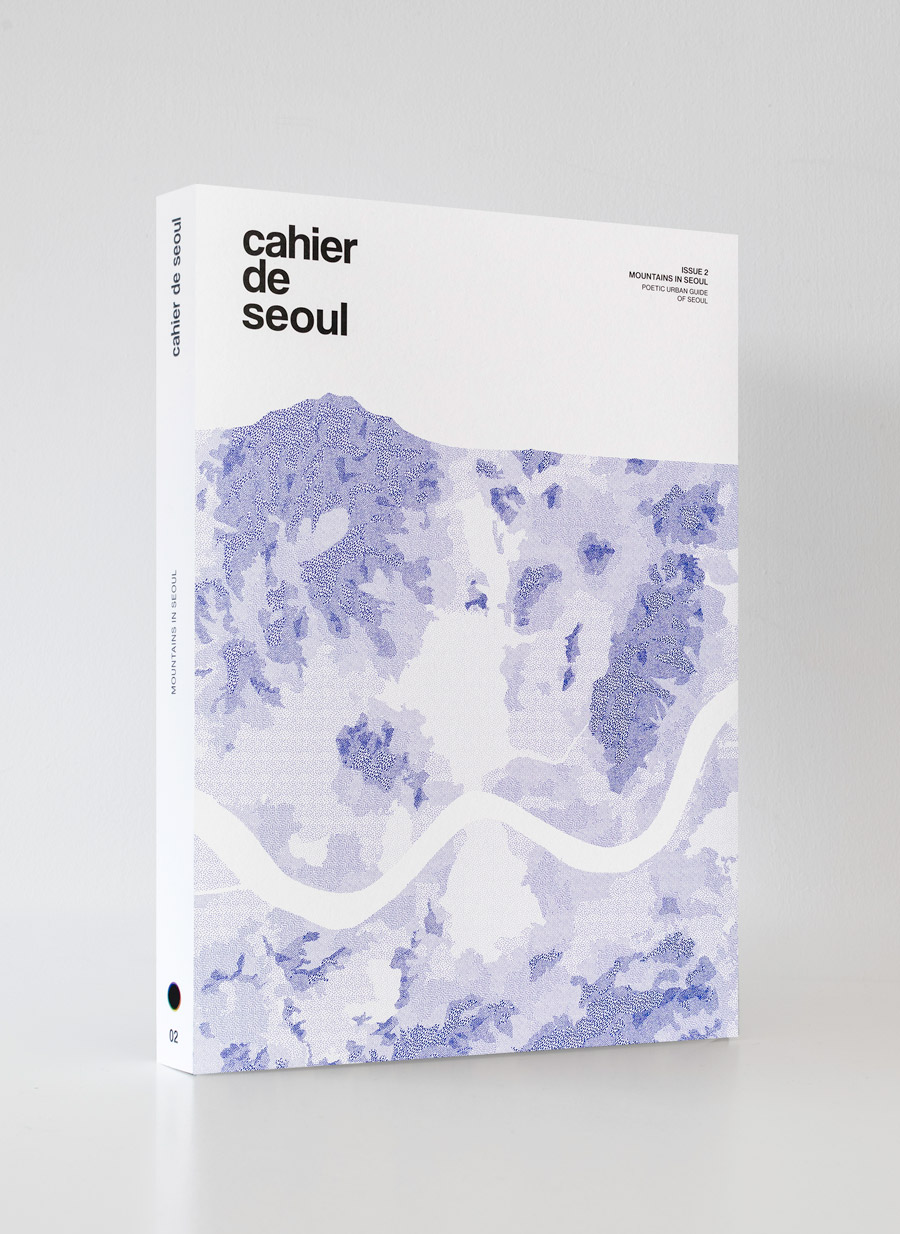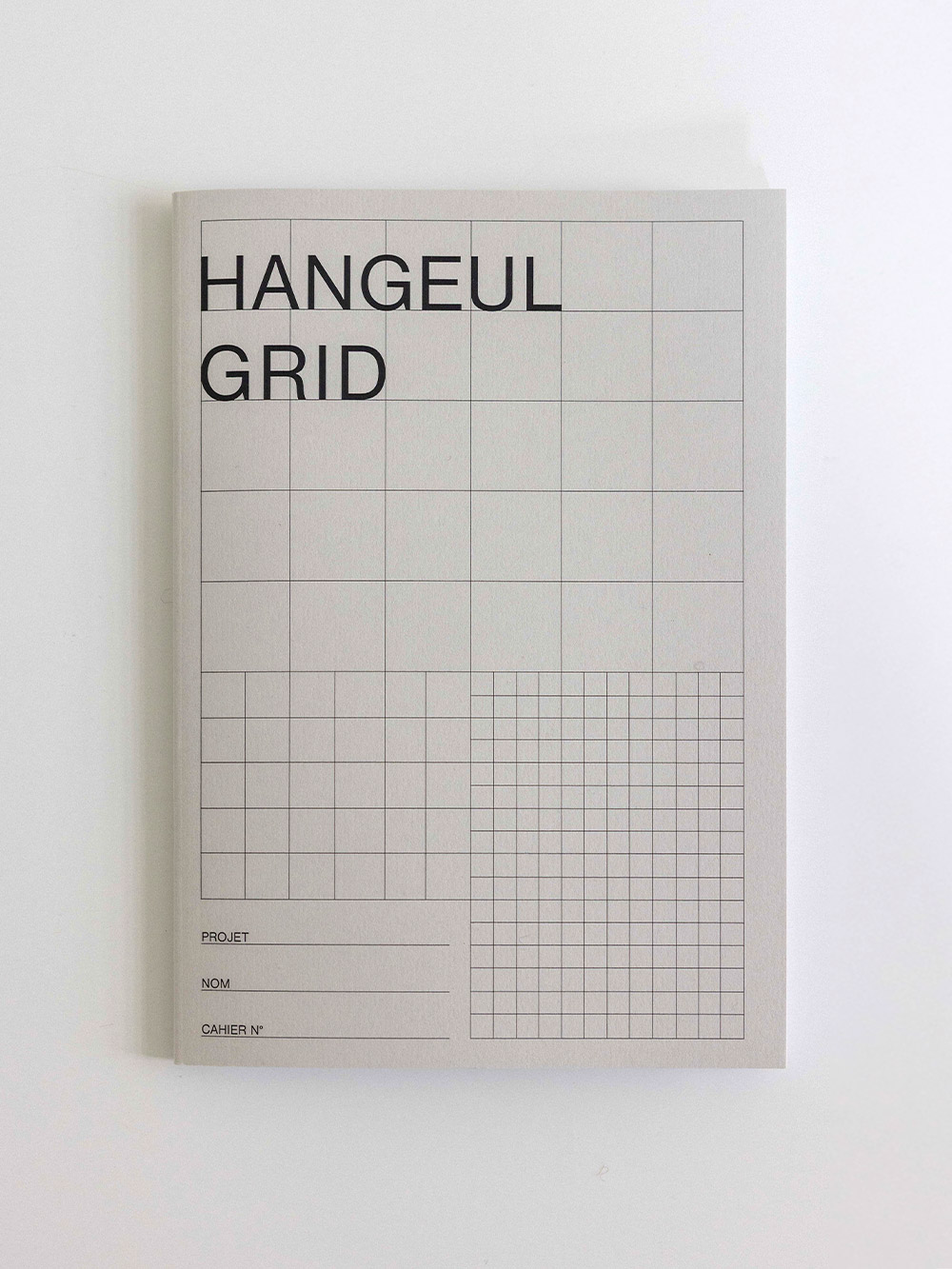Votre panier est vide.
Carte de l’architecture brutaliste de Séoul
€10
Explorez Séoul autrement.
Cette carte rassemble une sélection unique de bâtiments brutalistes emblématiques de la capitale coréenne : universités, centres culturels, espaces publics, infrastructures, immeubles civiques.
Pensée pour les passionnés d’architecture, de design urbain et de photographie, elle révèle un Séoul rarement montré — loin des clichés touristiques — où la matière, la lumière et le béton composent un paysage puissant.
Chaque lieu est clairement identifié, avec ses coordonnées et son emplacement exact dans la ville.
Vous y trouverez des adresses précises pour organiser votre visite, préparer un voyage architectural ou simplement découvrir la ville étape par étape.
Que vous soyez en séjour à Séoul ou que vous rêviez déjà de l’explorer, cette carte devient un véritable guide sensoriel : une façon d’habiter la ville à travers ses formes les plus radicales.
Description
서울에 지어진 가장 놀라운 콘크리트 건물들을 기념하기 위해 만들어진 ‘콘크리트 서울지도’는 양면으로 구성된 아름다운 지도로, 건축 역사 교수 김현섭의 소개 글과 사진작가 최용준이 촬영한 50개가 넘는 선별된 콘크리트 건물 사진으로 구성되어 있다. ‘콘크리트 서울지도’는 1960년대부터 오늘까지 서울과 서울 근교에 지어진 한국 콘크리트 건축물의 역사를 한눈에 살펴볼 수 있다. 건축가 김수근, 승효상, 김중업, 오세민, 곽희수 외에도 MVRDV, 스티븐 홀, 자하 하디드의 건축물이 포함되어 있다. 텍스트는 영어와 한국어로 되어 있다.
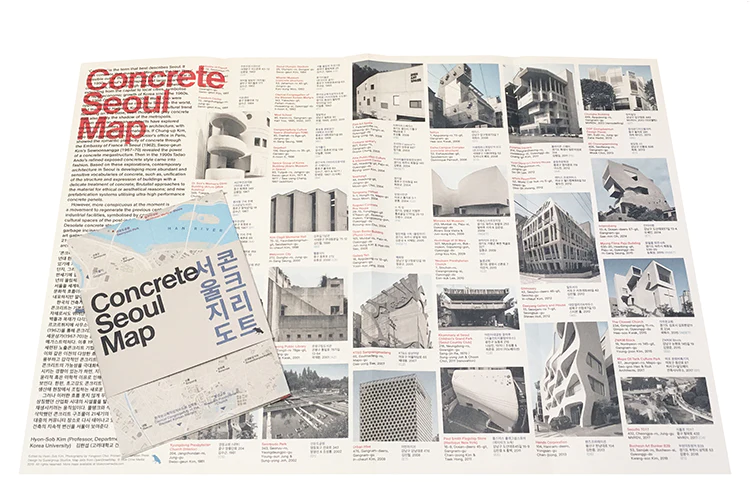
Interview with Derek Lamberton, founder of Blue Crow Media
1 – You make the different maps on concrete or brutalist buildings. Why this interest in these constructions in cities?
Our primary interest is in Brutalist architecture. London, where we are based, offers a tremendous variety of Brutalist and concrete-built architecture. However, we find that other cities, such as Seoul, present their own take on the style and era, which doesn’t fit as neatly stylistically as does a city in the former Yugoslavia or Australia or Paris even. So we shift the focus from Brutalism to concrete, or to modernism, or to another style which might be more appropriate to the city in focus. I’m a small publisher, so the titles mostly reflect my own personal interests, but also those of our customers. More to the point, much of the 20th century’s architecture is underappreciated, due to a variety of often very valid reasons and emotions. But we think as time passes, now is a good moment to reflect on what was done well, particularly in the second half of the 20th century, and what we might be able to learn from and improve upon today. I think (or hope!) a focus on Brutalist and concrete architecture has the capacity to change perspectives.
Vous réalisez différentes cartes sur les bâtiments en béton ou brutalistes. Pourquoi cet intérêt pour ces constructions dans les villes ?
Notre principal intérêt porte sur l’architecture brutaliste. Londres, où nous sommes basés, offre une incroyable diversité d’architectures brutalistes et en béton. Cependant, d’autres villes, comme Séoul, développent leur propre interprétation de ce style et de cette époque, qui ne s’inscrit pas aussi clairement dans un cadre stylistique défini que des villes comme celles de l’ex-Yougoslavie, de l’Australie ou même de Paris. C’est pourquoi nous adaptons notre approche en mettant l’accent non plus uniquement sur le brutalisme, mais aussi sur le béton, le modernisme ou d’autres styles plus appropriés à la ville étudiée. Étant un petit éditeur, mes publications reflètent avant tout mes propres intérêts personnels, mais aussi ceux de notre public. Plus largement, une grande partie de l’architecture du XXᵉ siècle reste sous-estimée, souvent pour des raisons et des émotions parfaitement légitimes. Pourtant, nous pensons qu’avec le recul, il est temps d’évaluer ce qui a été bien réalisé, en particulier dans la seconde moitié du XXᵉ siècle, et de voir ce que nous pourrions en apprendre et améliorer aujourd’hui. J’ai la conviction (ou du moins l’espoir !) qu’un regard porté sur l’architecture brutaliste et en béton peut contribuer à changer les perspectives.
2 – How were the buildings that appear on the map chosen? Do you have any guidelines for selecting concrete buildings?
We look at a number of factors when selecting a city to map, but the two most critical are the quality of the buildings and whether or not there is an expert to curate and research the map. We also have to decide upon a theme that we think will be both original and of interest to our customers – who have quite niche interests! For example, the Concrete Seoul Map was researched by professor Hyon-sob Kim, an architectural historian at Korea University. He has written widely on modern and contemporary architecture in Seoul. We discussed a variety of ways to approach this project, and found that the theme of concrete-built architecture offered a fascinating angle to explore the city and a great variety of interesting structures. In terms of guidelines, as the focus is on material, it makes things a bit easier, but generally we are looking for buildings which are remarkable in their own right, but also part of the narrative of the city’s architectural history. It works particularly well when arranged chronographically, as you can see the patterns of influence and piece together not only the aesthetic progression but the technical advancements as well.
Comment avez-vous sélectionné les bâtiments figurant sur la carte ? Avez-vous des critères spécifiques pour choisir les édifices en béton ?
Nous prenons en compte plusieurs critères pour sélectionner une ville à cartographier, mais les deux plus importants sont la qualité des bâtiments et la présence d’un expert capable de superviser la recherche et la sélection. Nous devons également définir un thème qui soit à la fois original et susceptible d’intéresser notre public, qui a des centres d’intérêt assez pointus ! Par exemple, la Concrete Seoul Map a été réalisée en collaboration avec le professeur Hyon-sob Kim, historien de l’architecture à l’Université de Corée, qui a largement écrit sur l’architecture moderne et contemporaine de Séoul. Nous avons exploré différentes approches avant de conclure que le thème de l’architecture en béton offrait un angle particulièrement intéressant pour découvrir la ville, en mettant en lumière une grande variété de structures remarquables. Concernant nos critères de sélection, le choix du matériau comme point de départ simplifie un peu les choses, mais nous recherchons avant tout des bâtiments qui se distinguent par leur singularité et qui s’inscrivent dans l’histoire architecturale de la ville. L’organisation chronologique des bâtiments permet d’identifier les influences successives et de retracer à la fois l’évolution esthétique et les avancées techniques qui ont marqué leur conception.
3 – What are your impressions of Seoul ?
We visited Seoul in 2019 when the map was in production. The scale of the city was difficult to absorb, but it was fascinating to see how quickly layers of 20th century architecture pieced together. It was also surprisingly pleasant to explore even the most concentrated areas. One of the most interesting days for me as a publisher was visiting Paju Book City (which we include on the map). The idea of a planned city for the headquarters of 200+ publishing houses, really blew my mind, and even more so as so many of the buildings are beautifully designed and built with concrete (i.e. built to last). But this was all set up in the late 1980s, prior to Amazon and major shifts in publishing; it was impossible for the instigators and planners of Paju Book City to see this era of ecommerce coming around the corner. It felt to me like a final monument to traditional publishing. It will be interesting to see what becomes of it.
Quelles sont vos impressions sur Séoul ?
Nous avons visité Séoul en 2019. L’immensité de la ville était difficile à appréhender, mais il était fascinant de voir comment les strates d’architecture du XXᵉ siècle s’imbriquaient rapidement les unes aux autres. Ce qui nous a aussi surpris, c’est à quel point il était agréable d’explorer même les quartiers les plus denses. L’une des journées les plus marquantes pour moi, en tant qu’éditeur, a été la visite de Paju Book City, un site que nous avons inclus sur la carte. L’idée d’une ville planifiée rassemblant les sièges de plus de 200 maisons d’édition m’a véritablement stupéfait, d’autant plus que nombre de ses bâtiments sont magnifiquement conçus et construits en béton, donc faits pour durer. Pourtant, ce projet a été lancé à la fin des années 1980, bien avant l’émergence d’Amazon et les transformations majeures du monde de l’édition. À l’époque, ses initiateurs ne pouvaient pas prévoir l’essor du commerce en ligne qui allait bouleverser le secteur. J’ai eu le sentiment que Paju Book City représente un dernier monument à l’édition traditionnelle. Il sera intéressant d’observer comment ce lieu évoluera à l’avenir.


